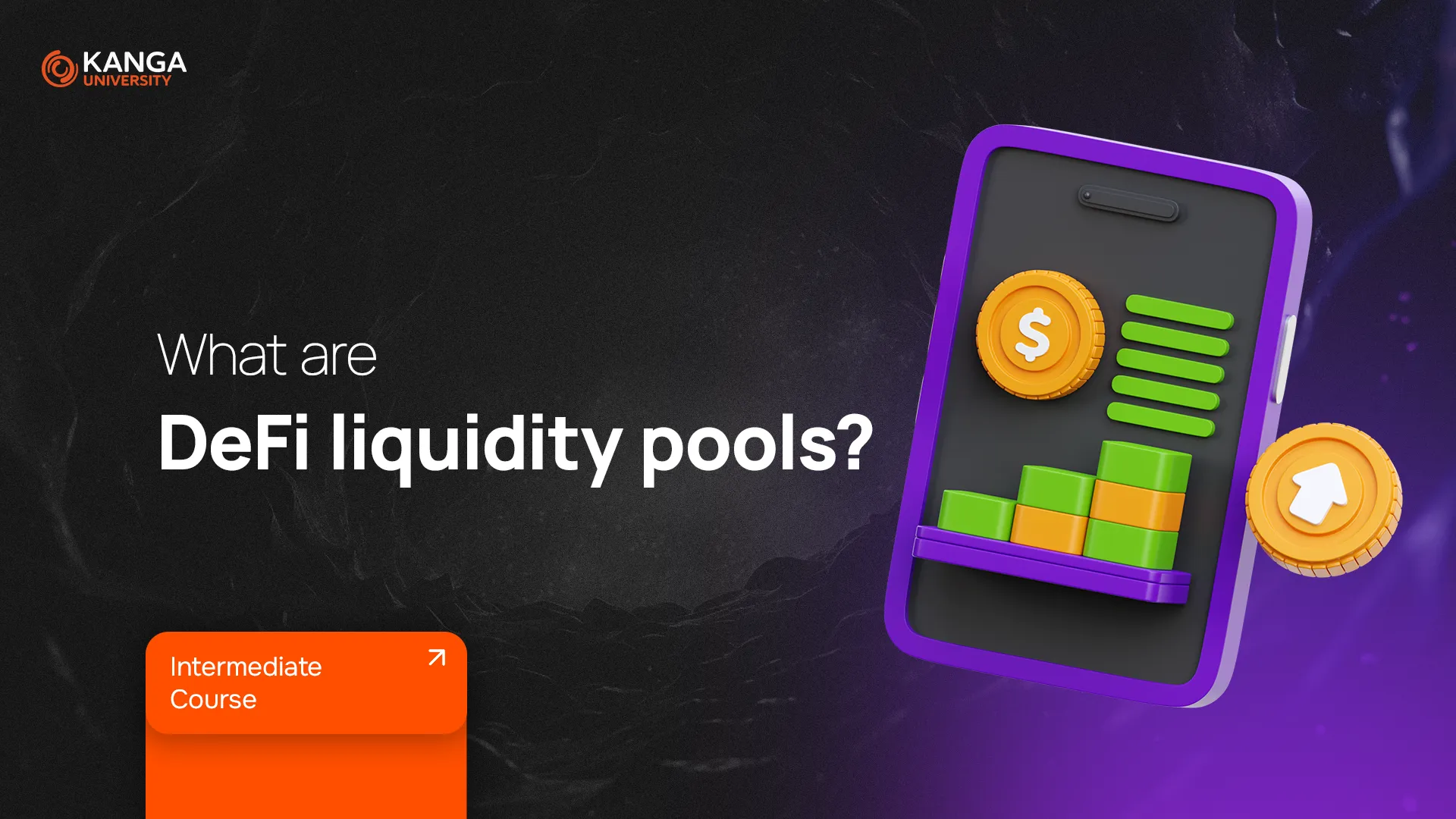
Not long ago, crypto was mostly about buying Bitcoin and hoping the price would go up. Today, thanks to decentralized finance (DeFi), it’s becoming something more – a way to earn interest, lend money, and even create entirely new financial markets.
One of the key tools behind this new world is something called a liquidity pool. If you’ve never heard of it before, don’t worry – by the end of this lesson, you’ll know what it is, how it works, and how you can use it to earn money.
What Is a Liquidity Pool, Really?
Imagine a giant digital piggy bank where users deposit pairs of cryptocurrencies – like Ethereum (ETH) and USDT (a stablecoin). This piggy bank is what we call a liquidity pool.
It’s powered by smart contracts, which are automated programs running on a blockchain. These contracts allow people to exchange tokens instantly without needing a buyer or seller on the other side. No middlemen, no waiting.
Why Do We Need Liquidity Pools?
Traditional exchanges work like marketplaces – buyers and sellers match orders. But in DeFi, we use liquidity pools to make sure there’s always enough crypto available for swaps.
The more funds in a pool, the higher its liquidity – meaning it’s easier and cheaper to make trades. Low liquidity? You get slippage, price volatility, and a bad deal. High liquidity? Fast, smooth transactions and better prices.
How Do You Make Money with Liquidity Pools?
This is where it gets interesting.
When you deposit your crypto into a pool, you become a liquidity provider (LP). In return, you get LP tokens – a receipt showing your share in the pool.
Every time someone swaps tokens using your pool, they pay a small fee – usually 0.03% to 0.05%. That fee is split among LPs like you, based on how much you contributed.
On top of that, many platforms offer yield farming or liquidity mining. You can “stake” your LP tokens to earn bonus rewards, often in the form of platform-native tokens like UNI (Uniswap) or CAKE (PancakeSwap).
It’s a bit like putting money in a savings account, but with higher returns – and, of course, higher risks.
Where Does This Happen?
Some of the most popular DeFi platforms using liquidity pools include:
-
Uniswap (built on Ethereum)
-
PancakeSwap (on BNB Chain)
-
Curve Finance (focused on stablecoins)
-
Aave (combines pools with lending)
They all rely on an algorithmic pricing model called Automated Market Maker (AMM). Instead of using order books, prices are set by formulas – so trades can happen instantly, 24/7.
Other Uses for Liquidity Pools
Liquidity pools power more than just trading. Here are some other ways they’re used in DeFi:
-
Synthetic Tokens
To mint synthetic assets (like a token that mirrors the price of the dollar or gold), a pool needs to be backed by collateral and linked to an oracle – a service that feeds real-world data into smart contracts. -
Governance and Voting
Many blockchain projects use tokens to let the community vote on future decisions. Pools help ensure there’s enough liquidity for these governance tokens to be traded easily. -
Yield Optimization
Some DeFi tools automatically move your funds between pools to maximize your earnings – all while you sleep.
What Are the Risks?
Earning from liquidity pools can be rewarding, but it’s not without danger:
-
Impermanent Loss
If the prices of your tokens change significantly after you add them to a pool, you might end up with less value than if you’d just held them. The bigger the price swing, the bigger the loss. -
Smart Contract Risk
Pools are run by code. If there’s a bug, hack, or exploit in the smart contract, your funds could be permanently lost. There’s no customer support to call. -
Centralized Control
In some projects, the development team still controls the pool – and they could act maliciously or make bad decisions. Always check who’s in charge before depositing funds.
Is It Worth It?
If you’re serious about learning how crypto works – and want to earn something along the way – liquidity pools are a great place to start. They’re at the heart of DeFi, and they give you a real, hands-on experience with blockchain tech.
But do your homework. Study the protocols. Understand the risks. And never invest more than you’re prepared to lose.
Buy, sell and trade on Kanga Exchange